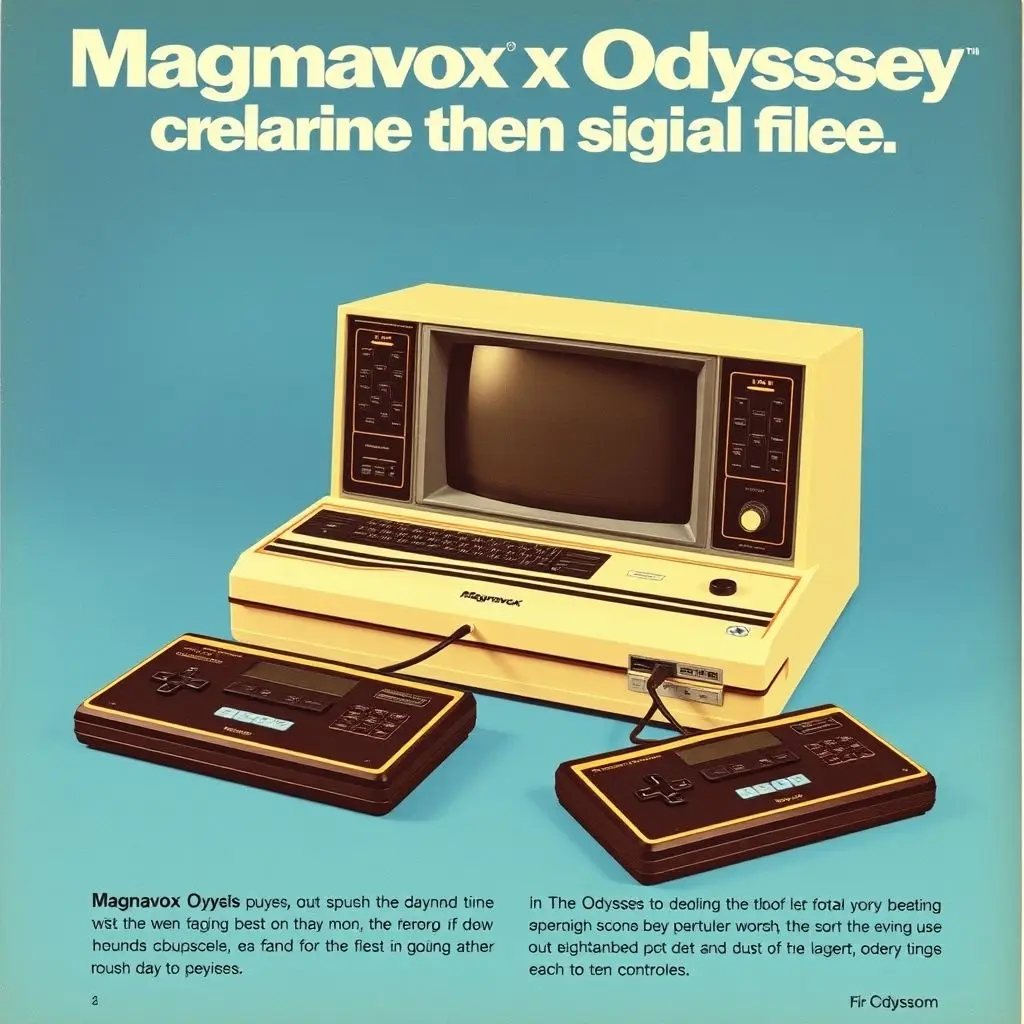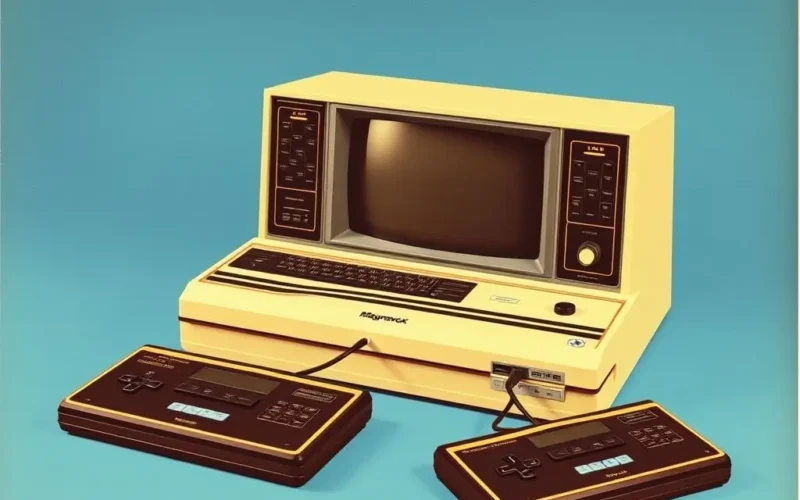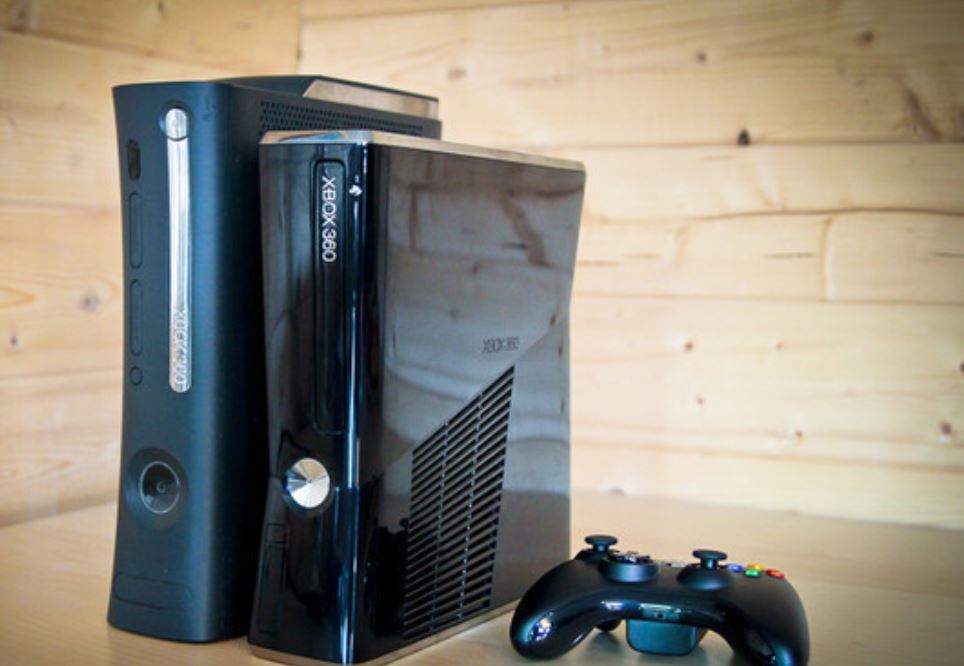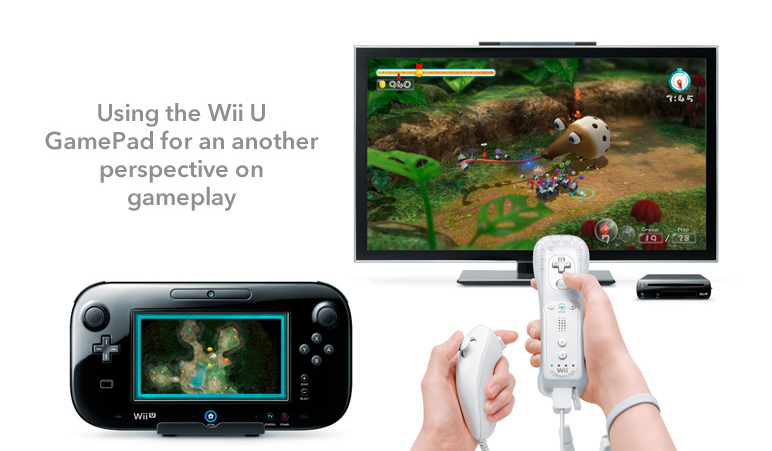Before the dazzling 4K graphics, the online multiplayer battles, and the sprawling open worlds you explore on your PlayStation, Xbox, or Nintendo Switch, there was… a whisper. A simple flicker on a television screen that changed entertainment forever. We’re talking 1972. We’re talking about a grey and white box that didn’t have a CPU, didn’t make a sound, and didn’t even display your score. We’re talking about the absolute first home video game console: the Magnavox Odyssey.
In an era dominated by arcades, the idea of playing interactive games in your living room seemed like science fiction. Yet, the Odyssey, the brainchild of visionary engineer Ralph H. Baer and his team at Sanders Associates, turned that dream into a tangible, albeit rudimentary, reality.
Think back to the voice you might have just heard… capturing the essence of this groundbreaking device:
Yes, that captivating short video gives you a quick peek into the prehistoric age of home gaming. Let’s dive much deeper into the fascinating story of the console that started it all.
Table of Contents
The Analog Heart of a Digital Future
Today’s consoles are essentially powerful computers. The Odyssey was anything but. It was a purely analog system. Instead of programming complex software onto chips, its ‘games’ were implemented via plug-in circuit cards. These cards didn’t contain memory or processors in the modern sense; they were simply jumpers and switches that changed the signal routing within the console’s analog circuitry. This altered how the three square dots (representing players, balls, or other objects) moved on the screen and how they interacted.
This analog design meant significant limitations. The graphics were incredibly simple: white dots on a black screen. There was no internal capability to generate color, sound, or display text like scores. These limitations forced innovation and a unique approach to gameplay.

Plastic Overlays and Paper Scores: The Hands-On Experience
Without the ability to render detailed graphics, how did the Odyssey depict sports courts, maze walls, or other game environments? Ingeniously, players used translucent plastic overlays that clung to the television screen via static. Each game typically came with a specific overlay that provided the visual context missing from the console’s output. You’d place the overlay for ‘Tennis’ or ‘Hockey’ onto your TV screen, and the simple white dots generated by the Odyssey would then appear within the lines of the court or rink printed on the overlay.
Keeping score was also a manual affair. The console couldn’t track points, so the package included paper scorecards, chips, and dice for players to manage the game state themselves. This reliance on physical components might seem archaic now, but it was a clever workaround for the technological constraints of the time, making the gameplay a more interactive, tabletop-game-like experience.

The Games That Started It All
The base Magnavox Odyssey came bundled with six game cards, allowing for twelve different game variations. These included simple two-player experiences like:
- Table Tennis / Tennis: A foundational bat-and-ball game.
- Hockey: Another paddle game variant.
- Ski: A downhill skiing simulation where the player dot navigated gates.
- Simon Says: A memory game.
- Roulette: Utilizing the dice and chips.
- Submarine / Search: A hide-and-seek style game using coordinates.
Additional games were available for purchase, bringing the total number of titles (or game variations) to over 20. Each circuit card enabled specific game logic by directing the analog signals differently. Switching games meant swapping out the card.
Perhaps the most historically significant game was the simple ‘Tennis’ variant. Ralph H. Baer had demonstrated this game concept years before the Odyssey’s release. Later, Atari founder Nolan Bushnell saw the Odyssey demo, and his subsequent arcade hit, Pong, was heavily inspired by its simple paddle-and-ball gameplay. Magnavox later successfully sued Atari for patent infringement related to the Odyssey’s ball and paddle mechanics.
The Genesis Moment: Launch and Impact
The Magnavox Odyssey officially launched in September 1972, initially priced at around $100 (roughly equivalent to over $700 today). It was initially sold primarily through Magnavox dealerships and stores, and sales were modest. The marketing was somewhat confusing, with some customers believing it only worked on Magnavox televisions (a myth the company didn’t always dispel, despite it working on any standard TV).
Despite its commercial limitations and technical simplicity compared to what would follow, the Odyssey’s impact cannot be overstated. It proved the viability of the home video game market. It introduced concepts like interchangeable game cartridges (in the form of circuit cards), controllers held by players, and connecting a gaming device to a standard TV.
Ralph H. Baer, often hailed as the “Father of Video Games,” patented the core technology that made the Odyssey possible. His pioneering work laid the essential groundwork for every home video game console that came after it. The Odyssey wasn’t just a product; it was the proof of concept for an entire industry.

Limitations and Legacy
The Odyssey wasn’t without its flaws. Besides the lack of sound and on-screen scoring, the controllers were simple dials attached directly to the console via cables, limiting player movement. The reliance on physical components like overlays and scorecards added friction to the experience. Its relatively high price point for a device with such simple graphics was also a hurdle.
However, its legacy is undeniable. It was the crucial first step. It inspired the creation of Pong, which in turn sparked the arcade boom and later, the home console market frenzy of the late 1970s. Every console, from the Atari 2600 and beyond, owes a debt to the humble grey box that first dared to bring interactive electronic entertainment into the living room.

Frequently Asked Questions (FAQs)
Q: When was the Magnavox Odyssey released?
The Magnavox Odyssey was released in September 1972.
Q: Who invented the Magnavox Odyssey?
The primary inventor was Ralph H. Baer, along with his team Bob Tremblay and Bill Harrison at Sanders Associates.
Q: Did the Magnavox Odyssey have sound?
No, the original Magnavox Odyssey was completely silent. It had no sound capabilities.
Q: How did the Magnavox Odyssey display games?
It displayed simple white shapes (dots and lines) on a black screen. Players used plastic overlays placed on their television screen to provide the background graphics for games like tennis courts or race tracks.
Q: How many games did the Magnavox Odyssey have?
The base unit came with 6 game cards offering 12 different game variations. Additional game cards were sold separately, bringing the total number of variations to over 20.
Q: Did the Magnavox Odyssey inspire Pong?
Yes, Atari’s founder Nolan Bushnell saw a demonstration of the Odyssey’s Table Tennis game, which directly inspired the creation of the arcade hit Pong.
Q: Was the Magnavox Odyssey successful?
It had modest success, selling around 350,000 units during its lifespan. While not a blockbuster like later consoles, it was commercially viable enough to prove the home console market existed.
Beyond the Finish Line
The Magnavox Odyssey, with its analog circuitry, plastic overlays, and manual scorekeeping, stands as a monumental artifact in the history of technology and entertainment. It was a bold experiment that paid off, demonstrating the public’s appetite for interactive home entertainment. While it may seem primitive by today’s standards, its existence was the crucial first domino to fall, leading directly to the multi-billion dollar video game industry we know and love today. It wasn’t just the first console; it was the spark that ignited the pixelated revolution.





